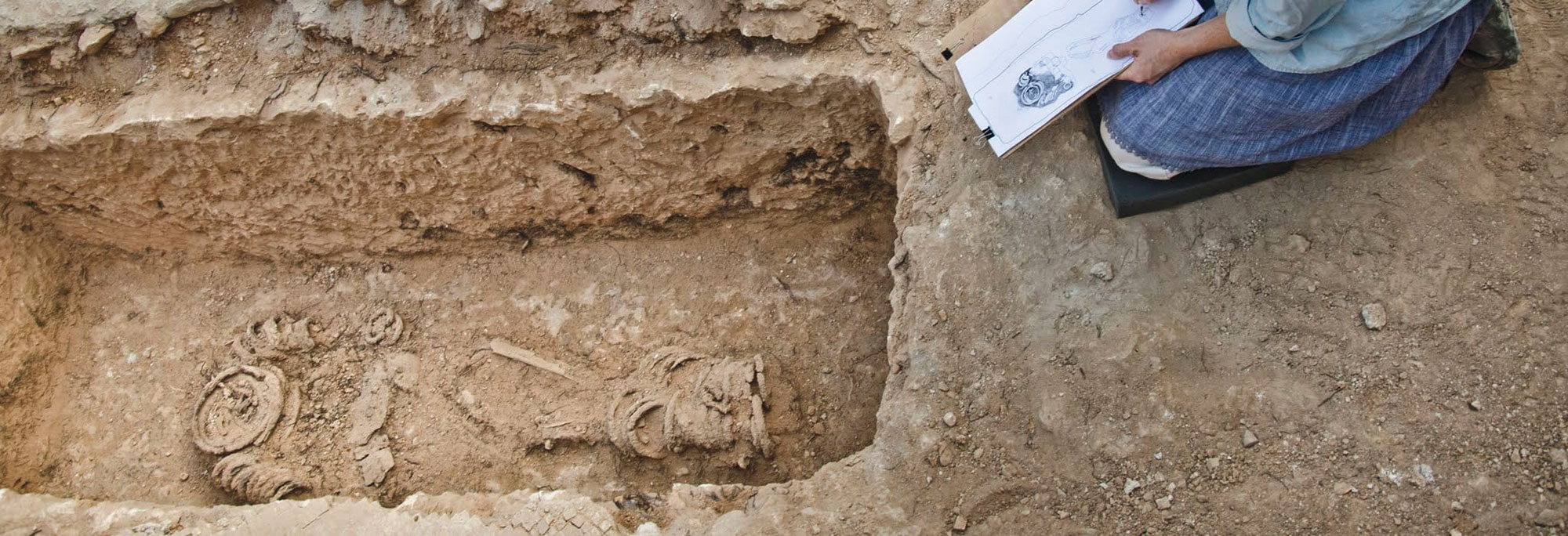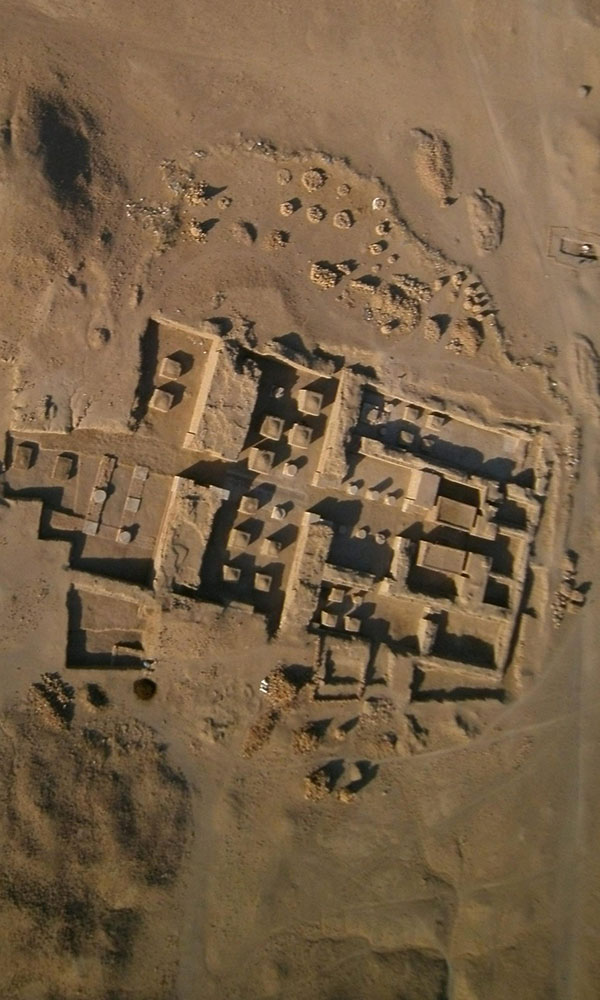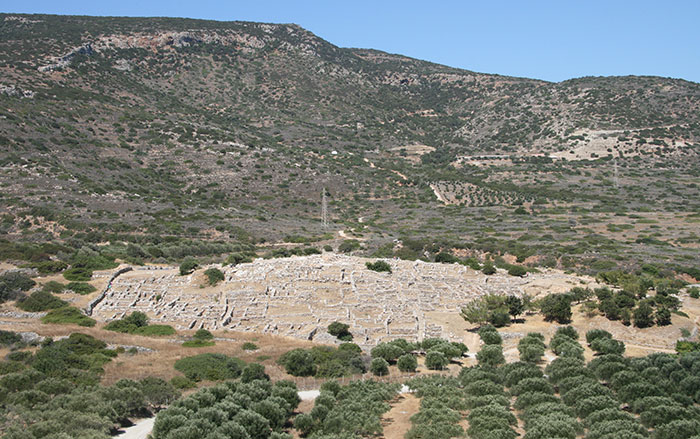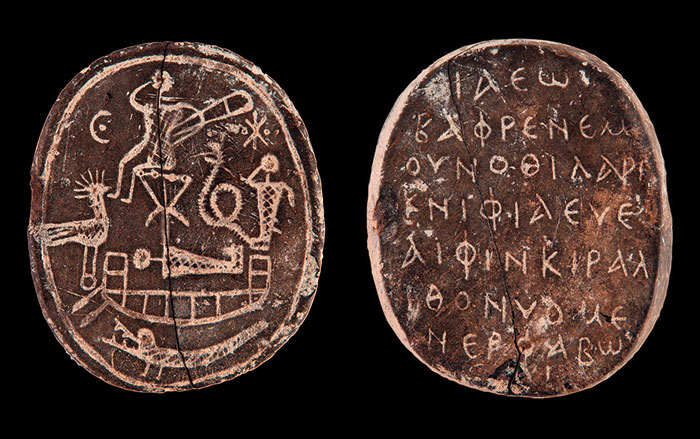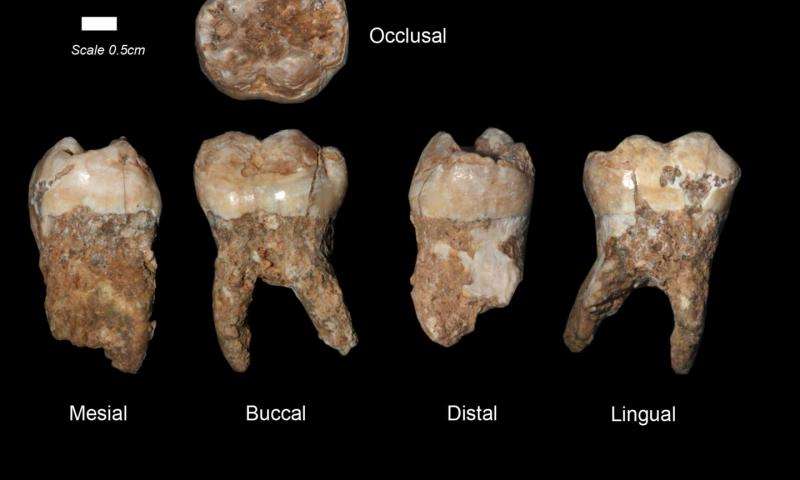
TEL AVIV, ISRAEL—Potential respiratory irritants have been found in the dental calculus on 400,000-year-old teeth from Israel’s Qesem Cave. The irritants, including traces of charcoal, are thought to have come from smoke inhaled from cooking fires in the cave. “Human teeth of this age have never been studied before for dental calculus, and we had very low expectations because of the age of the plaque. However, our international collaborators, using a combination of methods, found many materials entrapped within the calculus. Because the cave was sealed for 200,000 years, everything, including the teeth and its calculus, were preserved exceedingly well,” Avi Gopher of Tel Aviv University (TAU) said in a press release on Phys.org. The hardened plaque also contained traces of essential fatty acids, possibly from nuts or seeds, particles of starch, and fibers that may have been used for teeth cleaning. “Now we have direct evidence of a tiny piece of the plant-based part of their diet also, in addition to the animal meat and fat they consumed,” added Ran Barkai of TAU. To read about another finding based on the analysis of dental plaque, go to "Dental Calculus Offers Direct Evidence of Milk-Drinking."



